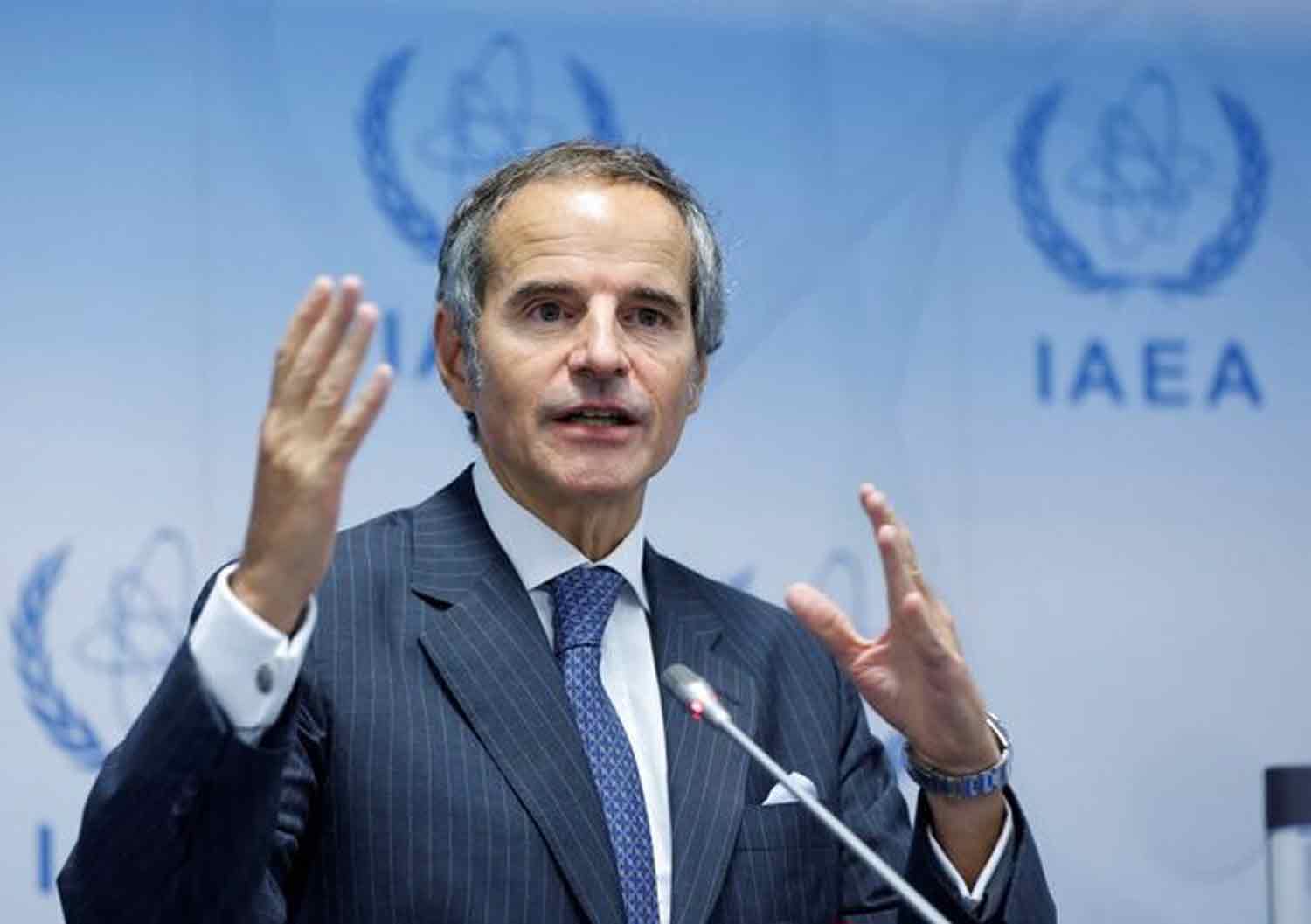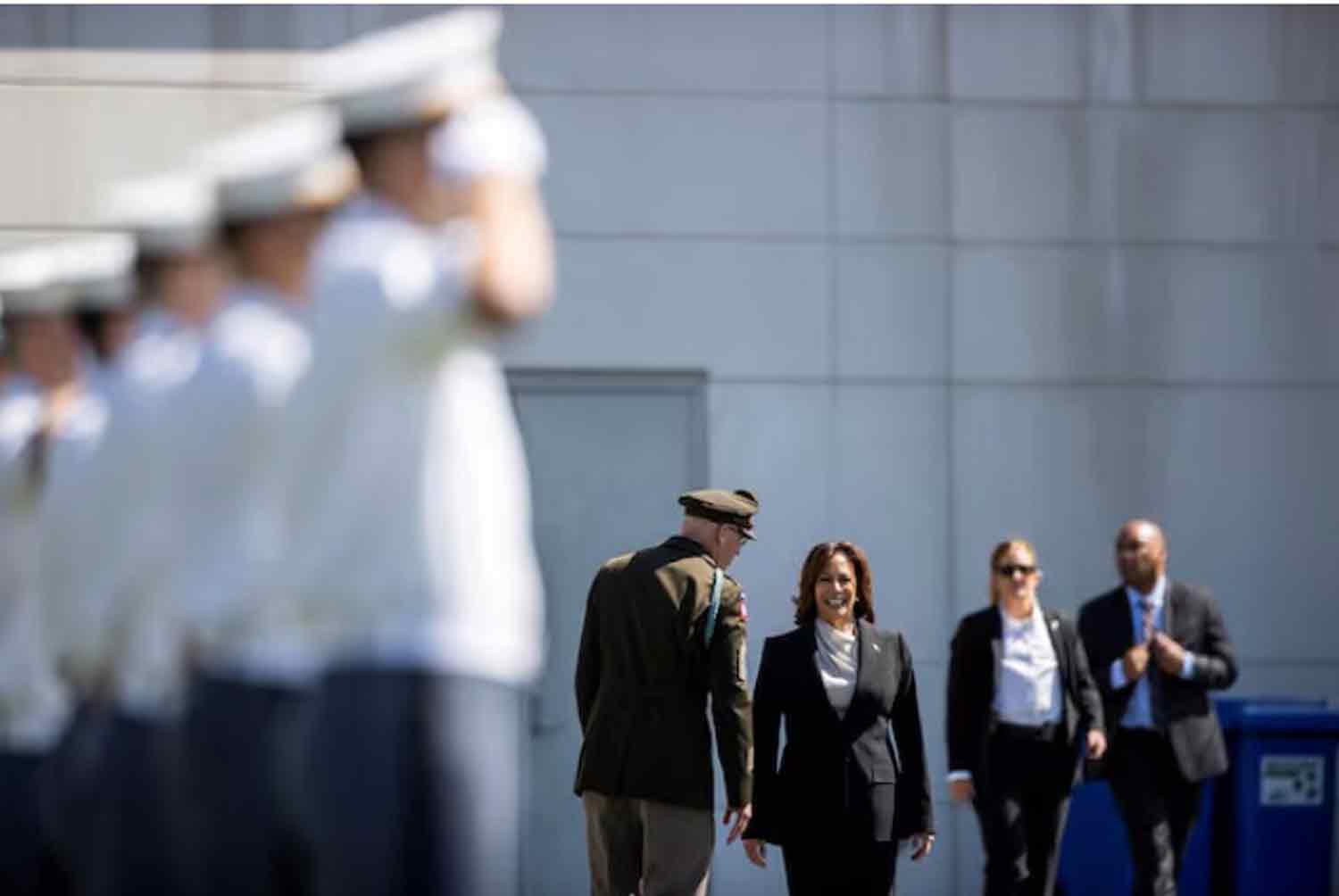Rafael Grossi, the head of the U.N. nuclear watchdog, expressed his intention to engage in discussions with Iran’s newly elected president, Masoud Pezeshkian, by November regarding the enhancement of Iran’s collaboration with his agency. This statement was made on Monday.
Ongoing challenges persist in the relationship between Iran and the International Atomic Energy Agency (IAEA), notably Iran’s restriction on uranium-enrichment specialists from the inspection team and its prolonged failure to clarify the presence of uranium traces at undeclared locations.
Grossi noted, “He (Pezeshkian) has agreed to meet with me at a suitable time,” referencing a conversation following Pezeshkian’s election in July during a quarterly meeting of the IAEA’s 35-nation Board of Governors.
He urged Iran to facilitate this meeting soon to foster a productive dialogue that yields tangible outcomes.
With nuclear negotiations largely stagnant due to the Iranian presidential election and the upcoming U.S. election on November 5, Grossi emphasized the need for significant progress in the near term.
When questioned at a press conference about whether “not-too-distant future” referred to before or after the U.S. election, Grossi replied, “No, hopefully before that.” Resolutions from the IAEA board demanding Iran’s urgent cooperation in the investigation of uranium traces and the reversal of its restrictions on inspectors have resulted in minimal changes.
Quarterly IAEA reports, as of August 29, indicated no advancements. In response to the latest resolution in June, Iran announced an increase in its enrichment capabilities, adding more centrifuges at its Natanz and Fordow facilities.
At the Fordow site, where enrichment levels reach up to 60% purity—close to the 90% threshold for weapons-grade material—two of the eight new cascades of advanced IR-6 centrifuges were installed shortly after notifying the IAEA of its plans. Within two weeks, an additional two cascades were added. By the end of the quarter, the latest IAEA reports confirmed that Iran had completed the installation of all eight new cascades.
Discover more from Defence Talks | Defense News Hub, Military Updates, Security Insights
Subscribe to get the latest posts sent to your email.





